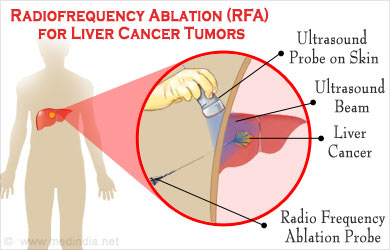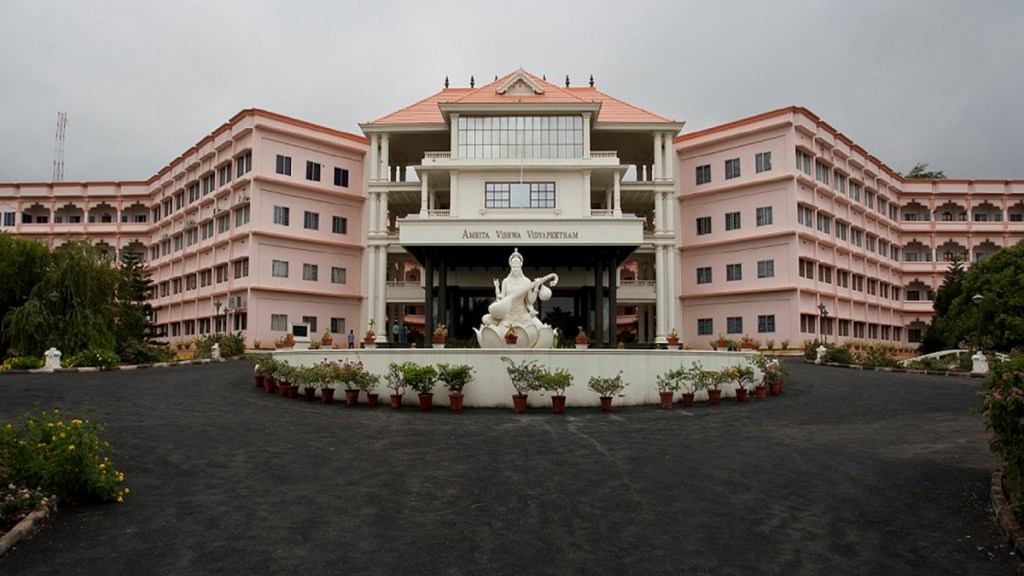A team of scientists from the School of Nanosciences & Molecular Medicine at Amrita Vishwa Vidyapeetham have won a patent in the US and Australia for a novel nanomedicine that holds great promise for early detection and treatment of liver cirrhosis and liver tumor. According to a statement by the institution on Tuesday, the invention is the outcome of a research project funded by the Nanobiotechnology Taskforce of Dept. of Biotechnology.
“Dr. Shantikumar V Nair and Professor Dr Manzoor Koyakutty from Amrita School of Nanosciences & Molecular Medicine in Kochi led a team of four researchers – Dr. Anusha Ashokan, Dr Ida M Anna, Dr Vijay Harish, Dr. Badrinath Sridharan – to create a special type of nanomedicine that responds to radio wave signals sent from outside the body. Once the nanoparticles are injected into a tumor, they can be heated up using external, medically approved radio waves. Doctors can visualize the tumor using an MRI machine and burn it off in a controlled manner,” the institute said in a statement on Tuesday.

The scientists claim that they have demonstrated that the novel technology can be used for early detection of liver cirrhosis and liver tumor, early-stage image-guided treatment of liver tumor using radio-frequency ablation therapy as well as labelling and tracking the movement of stem cells inside the body after stem-cell transplantation to assess how effective the therapy has been.
ALSO READ | Amgen’s lung cancer pill cuts risk of progression by 34 percent
“We have made a unique nanomedicine that can be used for medical imaging, combined with drug delivery. Its particles are made of synthetically prepared calcium phosphate, a biomineral present in our bones. Generally, chemically prepared inorganic nanoparticles cause safety issues when used as nanomedicines. However, as a biomineral, calcium phosphate is biocompatible and biodegradable, hence totally safe for human use,” Said Dr. Manzoor Koyakutty, Professor, Amrita Centre for Nanosciences & Molecular Medicine in a statement on Tuesday.
Dr. Koyakutty also said that they have engineered the nanoparticles by a process called ‘doping’ where a few hundred calcium atoms are replaced with Iron atoms.
Meanwhile, Dr. Shantikumar V Nair said that two critical features make the Amrita nano-medicine unique.
“Firstly, it makes the nanomedicine imageable inside our body using medical-imaging modalities such as MRI. Secondly, we can activate these nanoparticles externally using radio-frequency waves. This enables us to see the precise location of the nanomedicine particles inside the body and externally activate them when they are exactly at the site of a disease like cancer. These features are not available in any other nanomedicine available today,” she said.
ALSO READ | Novartis’ new drug increases survival chances of patients with aggressive breast cancer









